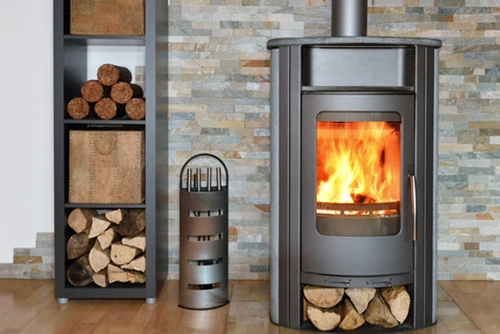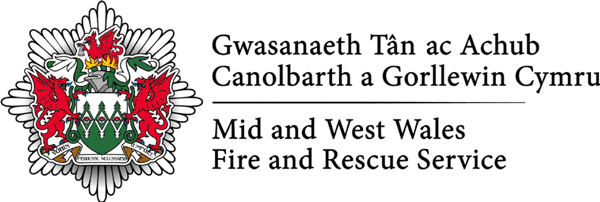Whether you’ve had an open fire for years or you're thinking of installing a multi-fuel burning stove, here’s some handy tips on how to use them safely and avoid having a chimney fire.


Chimney Fire Safety
Most chimney fires are preventable. Regular inspection and cleaning of chimney flues will help prevent fires within chimneys.
Some simple tips to greatly reduce your chances of having a fire in your chimney:
- Sweep the chimney before use if you haven’t used it for some time
- Ensure a fireguard is in front of the fire at all times
- Sparkguard can prevent a serious property fire
- Extinguish the fire before going to bed or leaving the house
- NEVER use petrol or paraffin to light your fire.
Chimney fires have the potential to cause serious damage to your property so ensure your chimney is cleaned in accordance with this guidance from the National Association of Chimney Sweeps:-
- Solid Fuel Appliances - once a year for smokeless fuel and twice a year for coal
- Wood Burning Appliances - every three months when in use
- Gas Appliances - once a year if designed for sweeping
- Oil Fired Appliances - once a year
Do not be tempted to clean your chimney with a domestic vacuum cleaner, leave it to a proper chimney sweep. Have your flue inspected regularly to prevent fire breaking out of the chimney in a living space, or in the loft.
For more information the National Association of Chimney Sweeps (opens in a new window/tab) has a network of fully insured members throughout the Country, who work to a Code of Practice. For more details telephone free on 0800 833464 or use their Find a Chimney Sweep (opens in a new window/tab) facility on their website.
- Raise the alarm in the house to let others know
-
Dial 999 and ask for the Fire Service – we treat chimney fires like any fire in the home
-
If you have a conventional open fire, extinguish the fire by gently splashing water onto the open fire
-
If you have a solid fuel appliance, close down the ventilation as much as possible
-
Move furniture and rugs away from the fireplace and remove any nearby ornaments
-
Place a fire guard or spark guard in front of the fire
-
Feel the chimney breast in other rooms for signs of heat
-
If a wall is becoming hot, move furniture away
Ensure that access to your attic or roof space is available for the Fire Service as they will want to thoroughly check this area for signs of possible fire spread.
Wood Burning Stoves
Wood-burning stoves and wood burning boilers should use only the right quality of wood and need to be properly installed, maintained and regularly serviced by a qualified and competent person.
If your wood burner is not burning correctly, contact the company or shop that sold it to you. Or contact the Association of British Solid Fuel Appliance Manufacturers for advice.
- The stove or boiler should be installed by a competent person, following the maker's instructions and the building regulations and codes of practice.
- Make sure there is always enough air coming into the room and that the chimney is clean – this will assist the burning process reducing the likelihood of airborne particulate within the room. Particulate within the room has the potential to be hazardous to health, more so for those with a pre-existing respiratory illness.
- Wood burning stoves and boilers require placement on a fire-resistant base. Placement directly onto a hardwood floor or carpeted surface increases the risk of fire due to the extreme heat in the fire box.
- The wood should be dry and well-seasoned. This usually takes about two years. A well-seasoned log will have drying-out splits in the ends. Wet or newly-felled wood can cause tar or creosote to form in the wood burner and chimney.
- If the creosote is not removed through yearly cleaning, there is a significant danger of the creosote igniting and causing a chimney fire any kind of chimney fire has the potential to result in significant loss of property or life.
- If the wood burner has been used slowly (overnight, for instance) this should be followed by a period of faster burning to dry out any creosote and to warm up the chimney again.
- The chimney should be cleaned at the end of each heating season and at least once during the heating season. It should also be inspected regularly.
- Do not stack logs or place any other combustible materials immediately adjacent to the stove or boiler. The Service been called to fires caused as a result of logs being stored against the hot external surface of wood burners.
- Children should be educated about the dangers of fire and should not be permitted near hot surfaces or the stove door. Use a protective fire guard that is suited to the design of the stove within your property.
- Use extra caution and proper protection when opening the stove door, adding to the fire or touching any part of the wood burning stove to prevent yourself from getting burnt.
- Never leave a fire unattended for any reason.

